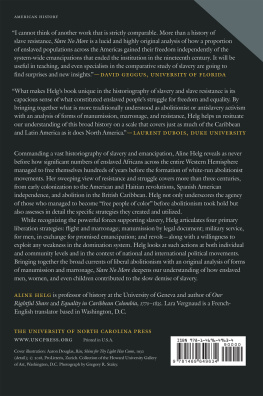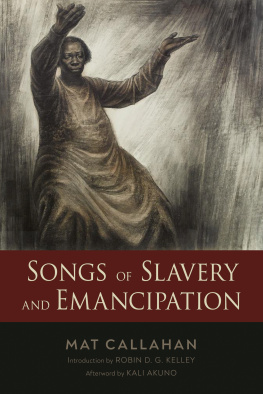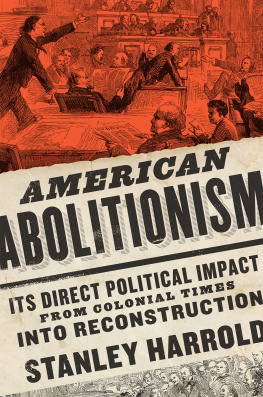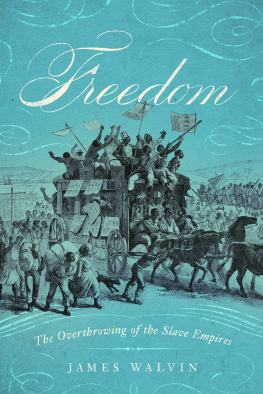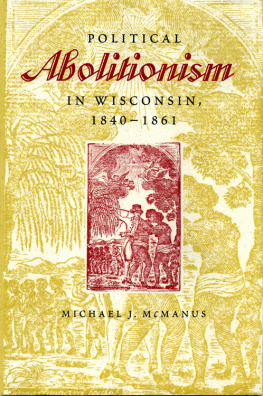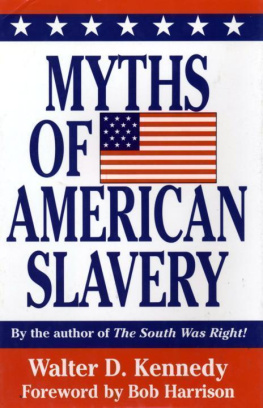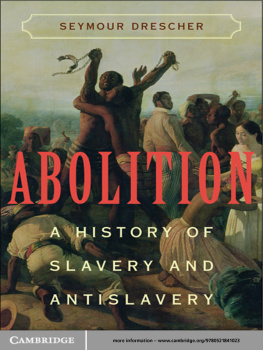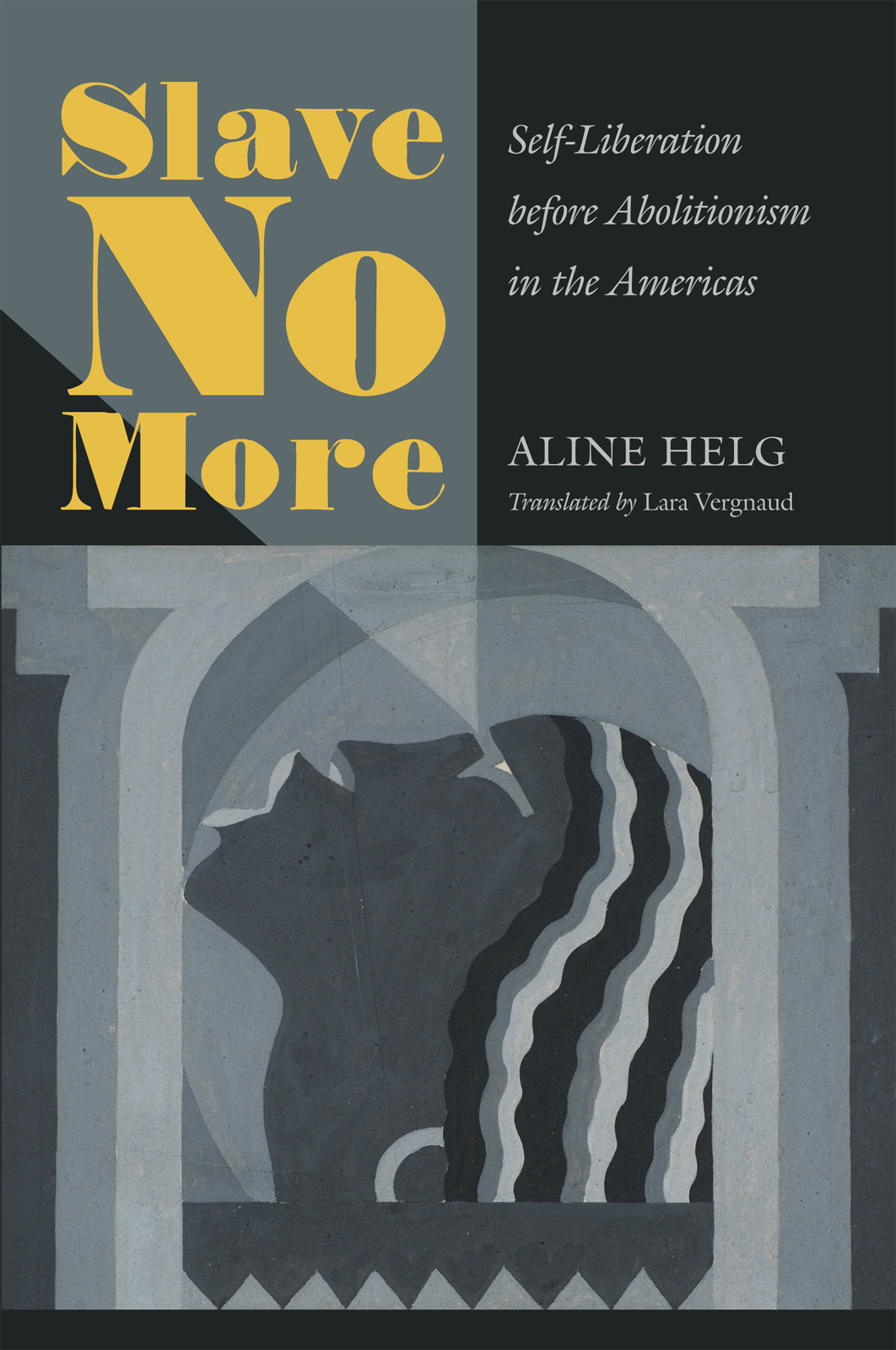1. Destinations of Enslaved Africans
Disembarked in the Americas, 15011866
2. Numbers of Enslaved Africans Disembarked
Each Year in the Americas, 15011864
Introduction
During the mid-eighteenth century, between fifty-three thousand and seventy thousand African captives were brought to the Americas each year to be sold at slave markets. These men, women, and children soon realized that after surviving the long Atlantic crossing in slave ship steerage compartments, they would have to set out on foot, often chained to other slaves, toward the plantation, mine, or home of the master who had purchased them, somewhere on a Caribbean island, in the colony of Georgia, on the Pacific coast of South America, or in Brazil. Whippings, hunger, thirst, disease, and death were omnipresent, but these captives also discovered an unknown world filled with new landscapes, vegetation, food, animals, and inhabitants speaking incomprehensible languages. They saw whites as well as countless other black and lighter-skinned slaves, Amerindians regrouped into rural communities, and an entire, largely mixed, free population active in towns and along roads and rivers. Many among this population free from the tyranny of the whip were emancipated slaves; more still were born of free parents, who were either Africans or descended from deported Africans. In many regions, these free people of color, as they were called, greatly outnumbered slaves, and in fact represented the large majority of the population. Farther inland, fugitive slaves had established alternative communities outside colonized plantation or mining zones that would eventually become self-sustaining. Even though the slave trade had been growing since the early sixteenth century, and slavery appeared indestructible, some slaves nonetheless succeeded in obtaining freedom for themselves and their family members. Moreover, in places where the slave trade had ended, the number of slaves was declining rapidly. Yet in the years preceding the Seven Years War (175663), nobody in the Americas was questioning the institution of slavery except for some British Quakers and Methodists on the northeastern coast of the continent.
How were these enslaved men and women able to obtain their freedom before movements to abolish slavery in the Americas and Europe were formed? Which strategies did they favor? Did those strategies correspond to specific contexts? How did slaves express themselves as human beings and social actors in their own right, when the laws of the time primarily considered them to be personal property? Did the rise of abolitionism in the second half of the eighteenth century change the means through which slaves freed themselves? Were slaves and abolitionists able to join forces to bring an end to the slave trade and slavery?
This book aims to answer these questions, all while striving to illuminate the perspective of the enslaved. My goal is not to establish a hierarchy of the different ways of fighting for freedom, for example by glorifying runaway or rebelling slaves over those who endured slavery until their deaths: for any slave, survival itself was a victory. Instead, I focus on those who, alone or collectively, were able to obtain their freedom, at times through force, self-sacrifice, ruse, or patience, and at others by chance. I examine how individuals and groups of slaves became free at the same time that slavery was expanding, thereby undermining the very foundations of racial bondage.
My work situates slaves quest for freedom within the more general framework of a fight for survival under the particularly alienating and oppressive circumstances of slavery. All slaves thought up strategies to make their enslavement less unbearable. Like other exploited classes, they simultaneously resorted to compromise and to more or less active and obvious resistance, and only exceptionally opted for armed rebellion, whose risks were well known. Unlike other subaltern classes, slaves exceptional status as personal property meant that asserting their humanityby starting a family, for example, or cultivating a social life or personal projectwas already, for them, a patent rejection of their condition and therefore a victory over slavery. But the fact of belonging to a master or mistress with nearly unlimited powers inevitably rendered that victory precarious. Arrangements had to be continuously renegotiated; families risked separation at any moment due to the sale of one of their members; and in sugar plantation colonies with extremely high mortality rates, the steady replacement of the labor force with new captives from Africa fostered perpetual instability. Nonetheless, even as authorities and slaveowners continued to view them as property, slaves were collectively, over time, able to create a social and cultural fabric. They did so notably through the construction of extended family ties and community networks and the invention of cultural and religious practices and shared languages and techniques. Moreover, the diverse forms of resistance adopted by enslaved Africans and Afro-descendants fundamentally contributed to the modes of thought, expertise, artistic and spiritual expressions, and community structures that characterize the Americas today. Slavery inarguably succeeded in exploiting men, women, and children on the basis of their race, but not in annihilating their humanity.

